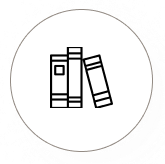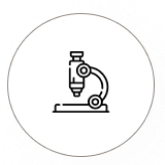What is Comparative Analysis?
Comparative analysis is a side-by-side comparison of your work of art to others that
have been positively attributed to the artist in question. For example, if you have
a painting that you believe to be by French Impressionist, Johannes Vermeer, we look
at all of the paintings that experts agree are authentic works by Vermeer to check for
stylistic inconsistencies between his body of work (also called an oeuvre) and your painting.
Think of it as a very high-level version of “spot the differences.”


